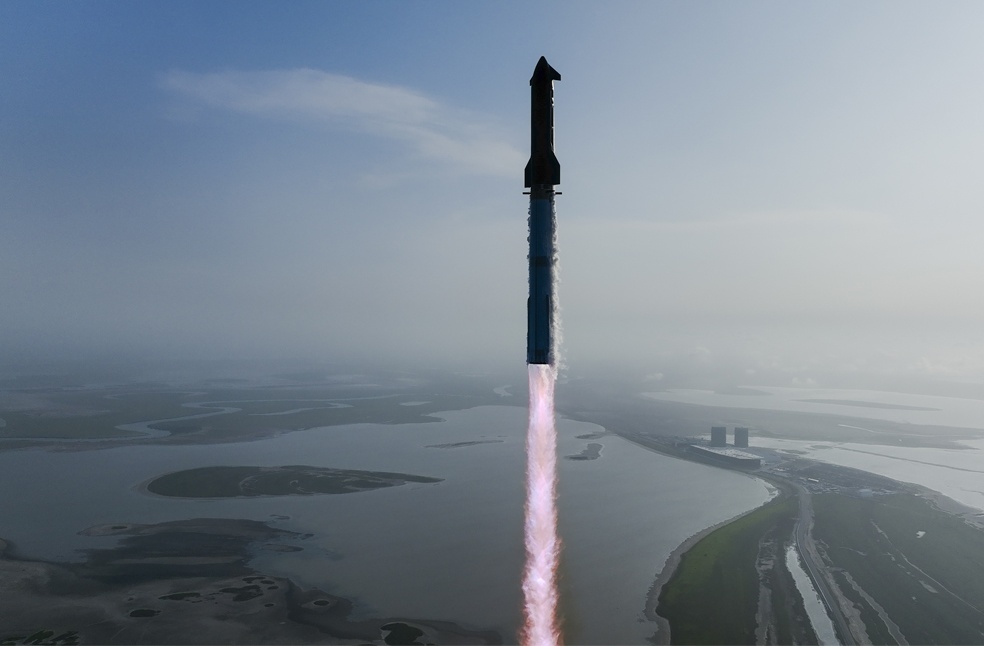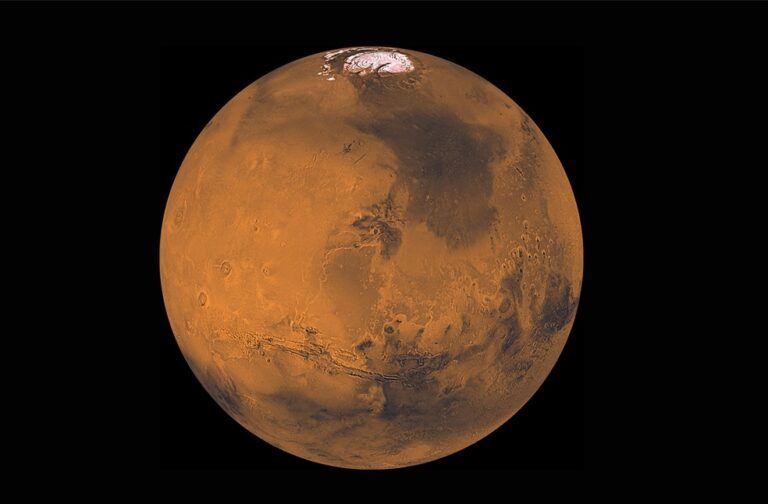Starbase, Texas: Elon Musk has stated that there is a 50 percent chance that SpaceX’s Starship spacecraft will complete its first uncrewed Mars mission Mars by the end of 2026.
The announcement came just two days after a significant setback, when Starship lost control and disintegrated mid-flight approximately 30 minutes after launch, failing to complete crucial test milestones.
In a detailed video posted by SpaceX, Musk outlined the Starship development roadmap, noting that the mission’s feasibility hinges on passing several technical challenges, most notably a complex post-launch refueling maneuver in Earth’s orbit.
Making life multiplanetary https://t.co/1mbWyHzeg4
— Elon Musk (@elonmusk) May 29, 2025
Musk emphasized that if Starship isn’t ready by the narrow Earth-Mars alignment window at the end of 2026, SpaceX will delay the mission until the next opportunity in 2028.
Speaking from SpaceX’s Starbase facility in Texas, described by Musk as the ‘gateway to Mars’, he asserted that this location would be key to developing the technology needed to extend human civilization beyond Earth for the first time in 4.5 billion years.
The initial mission to the Red Planet will feature a simulated crew comprised of Optimus humanoid robots developed by Tesla, with actual human astronauts planned for subsequent missions.
Missed deadlines and setbacks
This renewed Mars ambition follows a string of missed targets. Back in 2016, Musk had envisioned sending an uncrewed SpaceX craft to Mars by 2018 and a crewed mission by 2024, neither of which materialized due to ongoing technical and operational challenges.

The most recent Starship failure resulted from a fuel leak that caused the rocket to spin uncontrollably in space, ultimately re-entering Earth’s atmosphere earlier than planned.
A live webcast Musk was scheduled to deliver afterward from Starbase was abruptly cancelled without explanation. SpaceX had also faced failed launches in January and March, one explosion scattered debris across the Caribbean and disrupted commercial air traffic.
Despite these setbacks, Musk expressed optimism on X, stating that the recent test flight yielded valuable data and that the company will increase the launch frequency in upcoming months.
Departure from politics
Musk’s Mars update also coincided with a major political development, his departure from the Trump administration. After months of criticism regarding his leadership of the Department of Government Efficiency (DOGE), an unofficial role under President Donald Trump, Musk confirmed his exit.

The initiative, which oversaw sweeping and controversial cuts to government programs, had drawn intense backlash. With growing pressure from shareholders, especially at Tesla amid falling stock prices, Musk said he would now refocus his energy on his private ventures.
SpaceX’s broader ambitions remain ambitious. In partnership with NASA, Starship is set to return humans to the Moon by 2027, the first lunar landing since 1972. This mission is intended as a precursor to a future crewed flight to Mars, projected by NASA to happen sometime in the 2030s.
Through billions of dollars in investment and repeated trial-and-error, Musk continues to push SpaceX toward its goal of interplanetary colonization, betting that humanity’s future lies beyond Earth.



